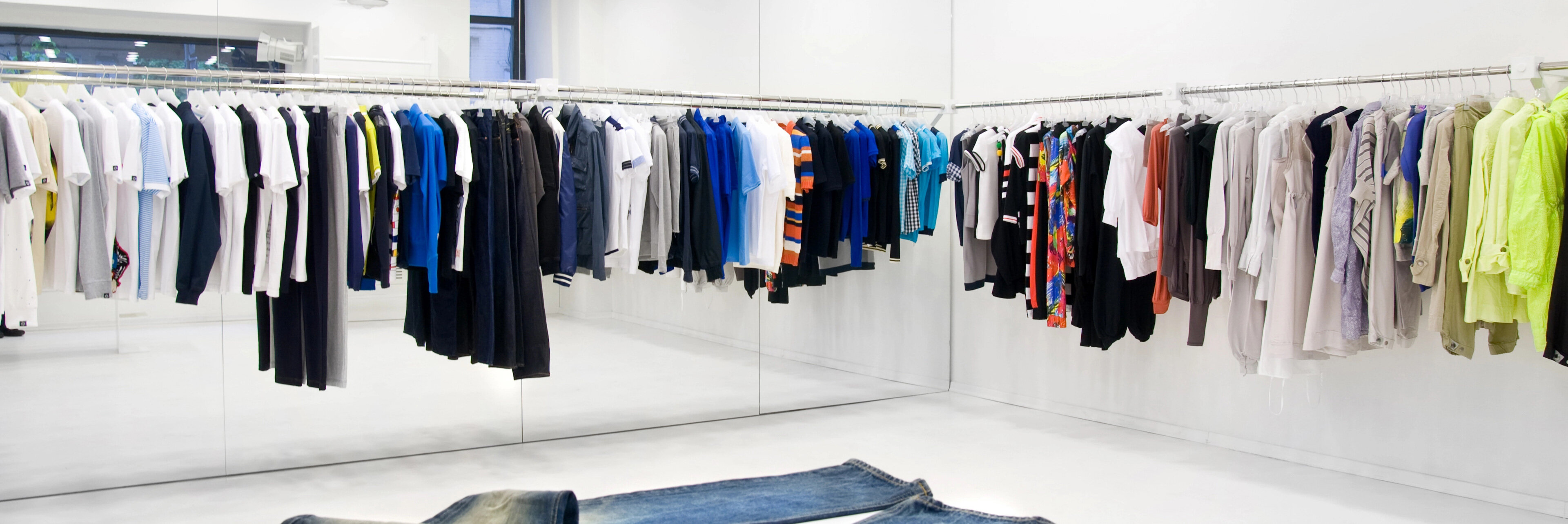In today’s fashion industry, the environmental footprint is significant—from resource-intensive production processes to the growing problem of fashion waste. Consumers and regulators alike demand more transparency, accountability, and ethical responsibility. Brands that fail to act risk not only reputational damage but also serious regulatory consequences.
Meanwhile, pioneers in sustainable fashion have already begun to integrate ethical fashion principles and sustainable production cycles into their core strategies. FORLIANCE partners with fashion sector leaders to turn these challenges into measurable opportunities. Our expertise empowers companies to rethink their supply chains, reduce emissions, and implement sustainability fashion solutions that are credible, scalable, and future-ready.


